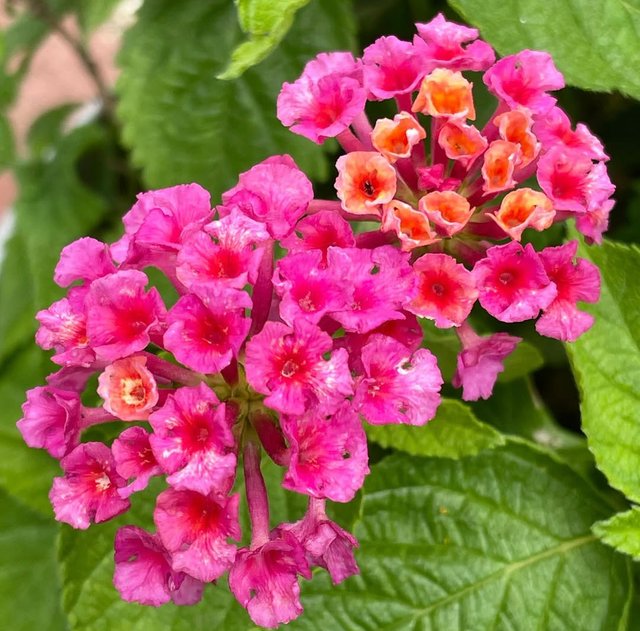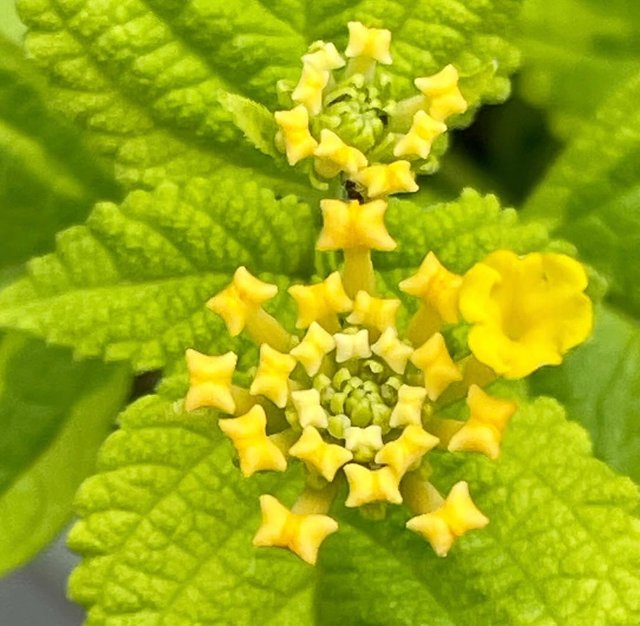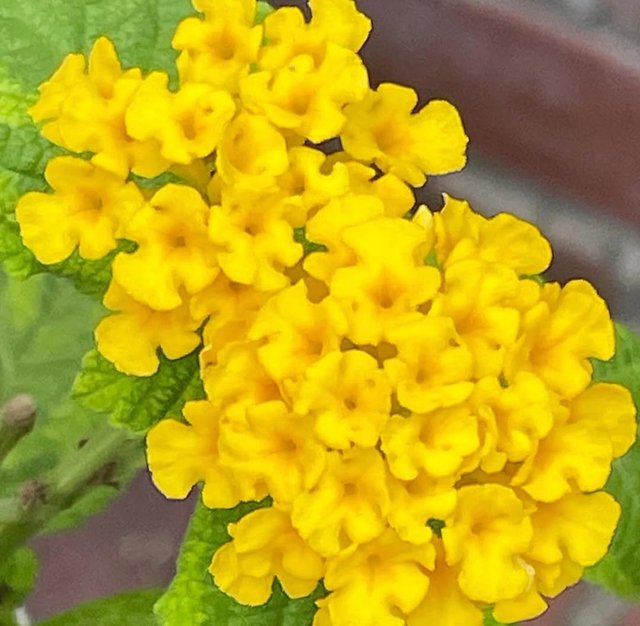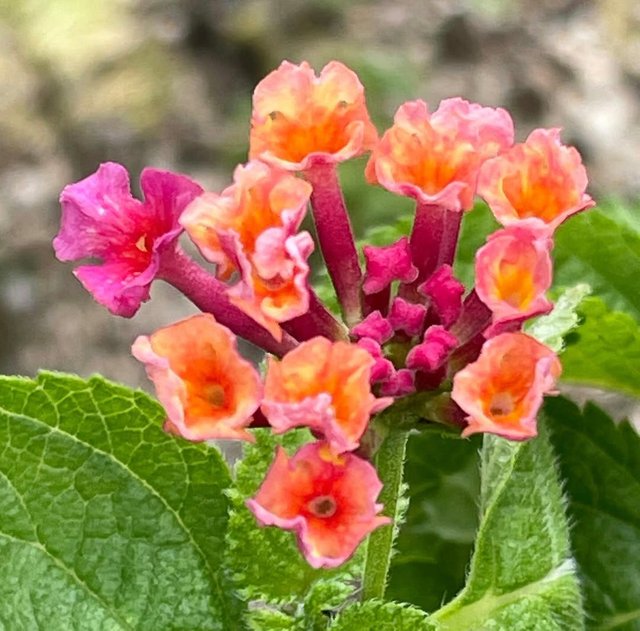West Indian Lantana
Nature never ceases to amaze with its kaleidoscope of colors, textures, and fragrances. Among its many dazzling creations is the West Indian Lantana a vibrant flowering plant that has captivated gardeners, botanists, and nature lovers for centuries. With its bright blooms, resilience, and complex reputation, this plant is as intriguing as it is beautiful.Native to the tropical regions of the Americas, especially the West Indies Lantana camara has now spread to many parts of the world, including Asia, Africa, and the Pacific Islands. Its rapid expansion across continents has made it both a beloved ornamental flower and, in some places, a notorious invasive species.
The West Indian Lantana thrives in warm climates and is often found in gardens, roadsides, forest edges, and scrublands. Its adaptability to poor soils, drought conditions, and even partial shade has helped it flourish in a wide range of environments.What makes the West Indian Lantana truly stand out is its showy, multi-colored flower clusters. Each cluster is made up of dozens of tiny, tubular flowers that change color as they mature, creating a dazzling display of yellow, orange, pink, red, and purple — sometimes all on the same plant!
This color-changing feature not only adds to its aesthetic appeal but also plays a role in pollination. Younger, nectar-rich flowers are one color (often yellow or orange), while older, less attractive ones darken to red or purple — a visual signal to pollinators like butterflies and bees.The West Indian Lantana is a pollinator magnet. Its sweet, lightly spicy scent and bright colors attract a variety of insects, particularly butterflies, bees, and even hummingbirds. Many gardeners intentionally plant Lantana to create pollinator-friendly habitats or to brighten up dull patches of land.



